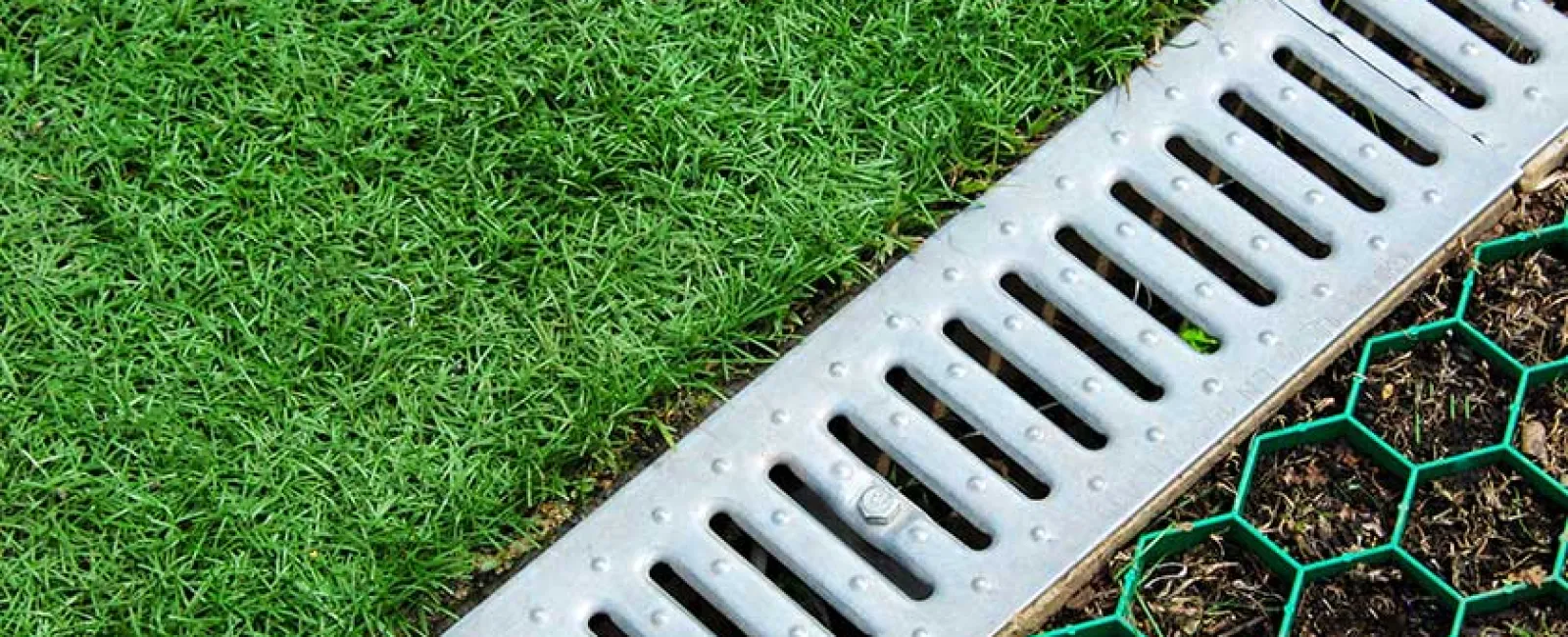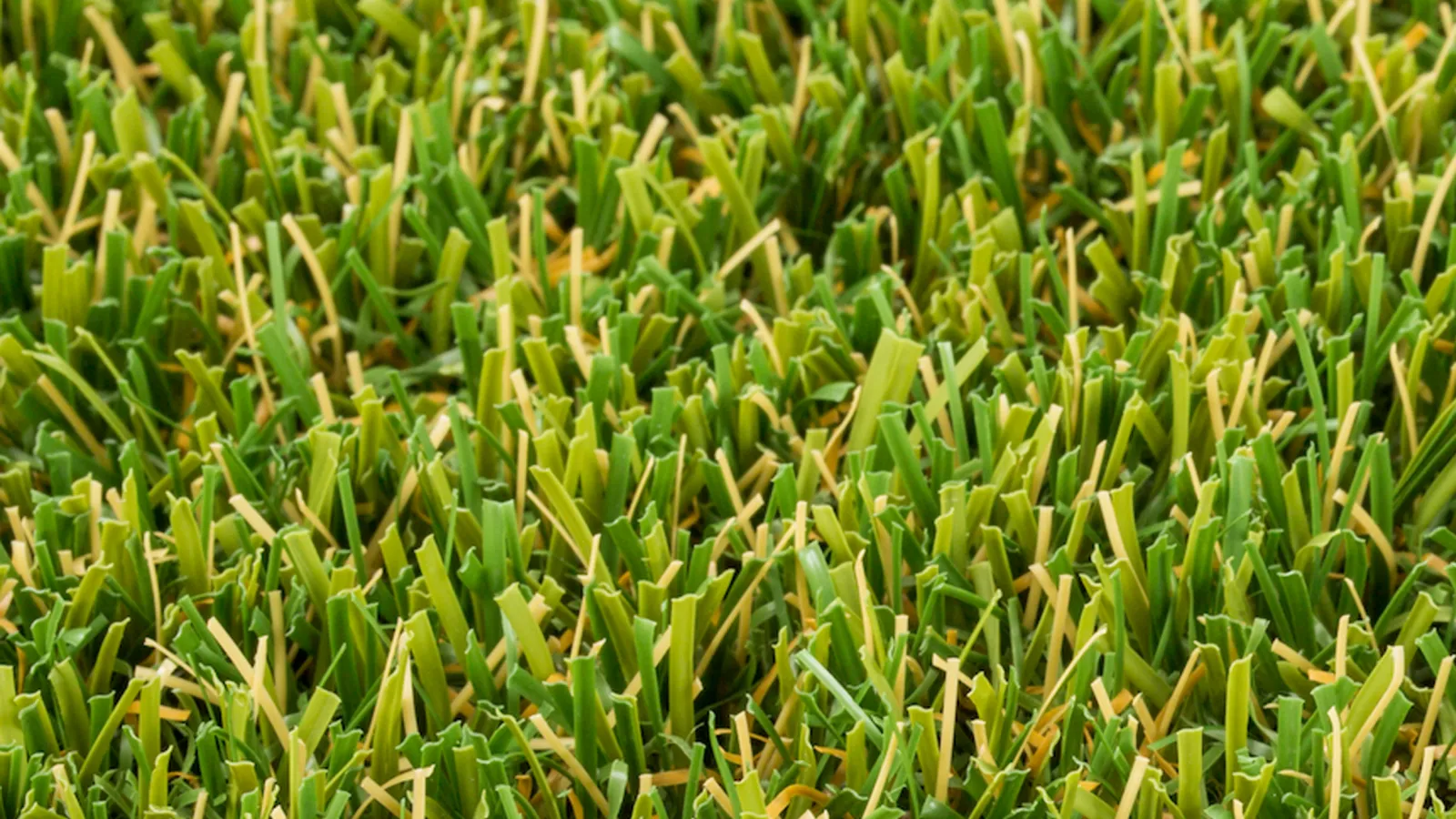When it comes to installing artificial grass, drainage is one of the most important factors to consider. Many property owners wonder what to put under artificial grass for drainage to ensure their turf lasts and performs as expected.
At Turf Tek USA, we know that proper drainage not only protects your investment but also contributes to the longevity of your lawn. In this article, we will learn about the materials and installation techniques needed to ensure efficient drainage for your artificial grass, allowing you to enjoy a lush, green surface without worrying about water pooling or turf damage.
The Importance of Proper Drainage for Artificial Grass
Why does proper drainage matter for turf? Let's find out.
How Drainage Affects Turf Performance
If water is unable to flow through or away from the turf, it can lead to a host of problems, including waterlogging, turf shifting, or even mold growth. These issues can degrade the aesthetic appeal of your lawn and lead to costly repairs.
Well-drained turf, on the other hand, remains dry, durable, and beautiful, allowing for optimal performance throughout the year. Our team makes sure that every installation we handle includes a high-quality drainage system to preserve the look and functionality of your artificial grass products.
Long-Term Benefits of Good Drainage
Efficient drainage for artificial grass helps protect your investment for the long term. With good drainage, artificial grass will maintain its original appearance, even after heavy rainfall.
Good turf drainage reduces the need for constant maintenance, minimizing the time and money spent on upkeep. Moreover, it helps prevent common issues such as turf fading or unevenness caused by water buildup, ensuring that your lawn stays vibrant and well-maintained throughout the years. Proper drainage is the foundation of a durable artificial lawn, and without it, your turf is at risk of becoming a constant source of frustration.
Materials to Use for Efficient Drainage Under Artificial Grass
What materials are required for proper turf drainage? Here are the best options.
Crushed Rock (Base Layer)
One of the most important components of effective turf drainage is the base layer beneath your artificial grass. Crushed rock is a popular material for this purpose, as it allows water to flow through easily and promotes proper drainage.
The crushed rock layer provides stability and acts as a reservoir for water, helping it drain quickly while preventing puddles from forming on the surface. For best results, you should use clean, angular crushed gravel, typically 3/4-inch in size, to allow for optimal water flow and to ensure that the surface remains stable.
Decomposed Granite or Road Base
Another excellent option for the base layer is decomposed granite or road base. These materials are compacted to create a stable, yet permeable surface that encourages water to drain efficiently.
Decomposed granite has the added benefit of being relatively inexpensive, making it an attractive choice for residential artificial turf services. When used as a base, this material promotes drainage while providing a sturdy foundation for the artificial grass above.
The compacted nature of road base or decomposed granite prevents erosion and helps keep the turf in place, ensuring a smooth and even surface for both aesthetics and performance.
Geotextile Fabric (Weed Barrier)
An important element of drainage is preventing weeds from growing through your turf, and this is where geotextile fabric comes into play. This fabric serves as a barrier between the base materials and the artificial grass, preventing weeds while still allowing water to flow freely through the layers.
The fabric is designed to be permeable, meaning it won't block the water from draining, but it will stop weed roots from penetrating the turf. Installing geotextile fabric is a simple yet effective way to enhance drainage and maintain the longevity of your artificial grass.
Sand or Stone Dust (Infill Layer)
The infill layer plays an important role in promoting drainage while providing the necessary weight and stability for artificial grass. Sand or stone dust is often used for this purpose, as these materials provide a porous structure that helps water flow through the turf without causing pooling.
Sand is particularly effective in areas with low to moderate foot traffic, as it allows water to pass through easily and prevents compaction. Stone dust, on the other hand, provides a firmer infill and is ideal for areas that will experience heavier use, such as sports fields or high-traffic outdoor spaces.
Turf Tek USA offers a range of customized infill options for residential and commercial applications to ensure your turf drains efficiently while maintaining a soft, comfortable surface.
Installation Techniques to Improve Drainage
In addition to choosing the right materials, our professional team uses advanced installation techniques for optimal results.
Proper Grading and Sloping
Grading and sloping the base properly before laying the turf is an important step. Ideally, the ground beneath the artificial grass should have a slight slope to allow water to run off naturally.
Typically, a slope of around 1% (about 1/8 inch per foot) is recommended to ensure efficient drainage. The slope should guide water away from high-traffic areas and prevent puddles from forming. Proper grading ensures that your artificial turf will drain effectively, especially in areas where heavy rainfall is common.
Compacting the Base Layers
Compacting the base layers is another vital part of the installation process that affects drainage. When the base materials like crushed rock or decomposed granite are installed, they must be compacted properly to prevent shifting and settling over time.
A properly compacted base provides stability to the artificial grass while maintaining the space between particles for optimal drainage. Without proper compaction, the base can become uneven, leading to drainage issues such as pooling water or uneven turf surfaces.
Troubleshooting Common Drainage Problems
Even with the best materials and installation practices, drainage issues can sometimes arise. Let's explore some of the most common drainage problems and how to resolve them to keep your artificial grass functioning at its best.
Pooling Water
One of the most common drainage problems that artificial grass owners face is pooling water. This occurs when water is unable to flow away from the turf, resulting in puddles that can cause turf damage or lead to mold and unpleasant odors.
Pooling water is often a result of improper grading, insufficient drainage material, or poor compaction. If pooling water is detected, the first step is to examine the base and check if the grading is properly sloped. If necessary, additional drainage material can be added, or the turf can be regraded to ensure water flows away from the area.
Turf Shifting or Buckling
Another common issue caused by poor drainage is turf shifting or buckling. When water accumulates beneath the turf and isn't allowed to drain properly, it can cause the turf to move or wrinkle. This problem typically occurs if the base layers are not compacted correctly or if there is a lack of proper drainage beneath the turf.
Over time, this can cause the turf to pull away from the edges or become uneven. To resolve this, the base layers may need to be re-compacted, or additional infill material may be necessary to help stabilize the turf. Proper installation with sufficient drainage will help prevent this issue, ensuring that your turf stays in place and retains its smooth surface.
How to Maintain Effective Drainage for Artificial Grass
Maintaining good drainage under artificial grass requires minimal effort once the turf is installed properly. However, regular maintenance is still necessary to keep the drainage system functioning at its best.
Over time, debris like leaves, twigs, and dirt can accumulate on the turf, blocking the drainage holes and preventing water from flowing freely. Regularly brushing the surface with a stiff brush will help keep the fibers upright and remove debris.
Additionally, it's important to rinse the turf periodically with a hose to clear out any particles that may be obstructing the drainage system. By performing simple maintenance tasks like these, you can ensure that your artificial grass continues to perform well and drain effectively for many years.
Long-Lasting Drainage for a High-Performance Lawn
When installing artificial grass, the importance of efficient drainage cannot be overstated. Choosing the right materials, ensuring proper grading, and maintaining the turf over time are all necessary steps to ensure your lawn stays dry, functional, and visually appealing.
Proper drainage enhances the aesthetic of your turf and improves its longevity and performance, saving you from costly repairs and replacements.
Turf Tek USA offers a complete solution designed to maximize the functionality, durability, and longevity of your lawn. Our expertise in turf drainage stems from years of experience in the industry, allowing us to deliver custom solutions tailored to your specific needs.
We understand that every lawn, sports field, or commercial project is unique, and we take great care in selecting the right materials and installation techniques to ensure the best possible drainage for your artificial grass. Our team meticulously prepares the base layers, compacts the materials correctly, and ensures proper grading to create a seamless drainage flow.
Whether you're looking to install turf for a residential backyard or a large sports field, our dedicated professionals ensure that each project is done to the highest standards.
Transform your lawn with high-quality artificial grass and expert drainage solutions today. Contact us for a personalized consultation. Let us help you create a long-lasting, low-maintenance lawn that's perfect for any environment.


